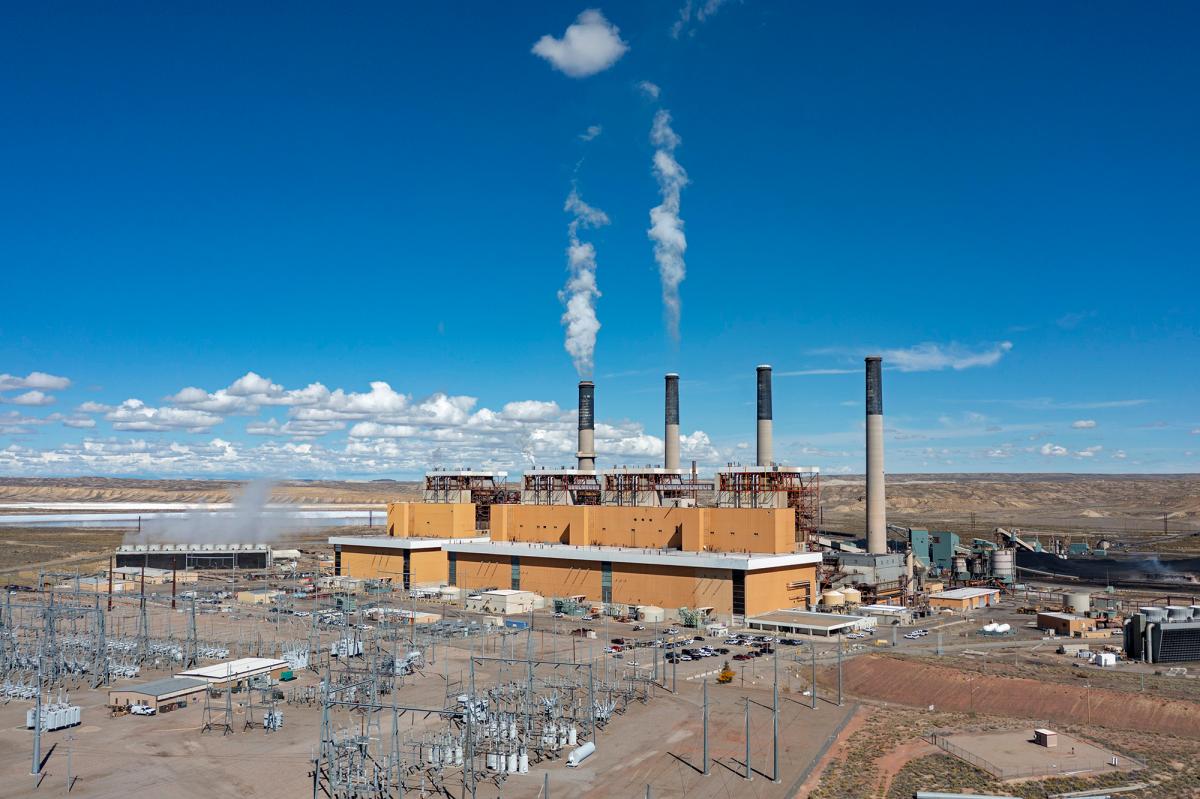Sheridan Media and Wyoming Tribune Eagle contributed to this report.
With November SNAP benefits stuck in limbo during the federal shutdown, Gov. Mark Gordon has declared a Public Welfare Emergency and told the Department of Family Services to stand up a stopgap: the Hunger Relief Program. Instead of loading money onto EBT cards, the state will wire funds directly to food banks, pantries, and church-run mobile pantries that agree to serve any SNAP recipient, no questions asked.
DFS says the goal is speed. Staff began calling and emailing organizations this week so emergency food dollars can start hitting communities as soon as this weekend. The working plan is to move roughly $1.4 million a week — calibrated to what SNAP normally pumps into Wyoming groceries — to keep shelves stocked until Washington turns the spigot back on. The program will wind down the moment federal SNAP is restored or when the state exhausts the $10 million Gordon authorized from reserves.
The scale of the gap is real. In September 2025 — the last full month before the freeze — 26,393 Wyomingites in 12,726 households used $4,854,534 in SNAP to buy food. Those dollars are fully federal, but November’s allotments, expected Nov. 1–4, were held up by the shutdown. The Trump administration has since said it will partially fund SNAP under court orders, yet no one in Wyoming can say when those benefits will actually land. Hence the rush.
On the ground, demand has already spiked. At St. Joseph’s Food Pantry in Cheyenne, cars were lined up well before opening this week. Director Eva Estorga says daily traffic jumped from roughly 150–200 families to well over 200 after the pause.
“It’s going to be a big help,” she said of the state program, while urging anyone able to keep donating cash or groceries.
Cheyenne resident Valeri Clarke dropped off her first in-person donation after hearing benefits were on hold.
“People needed food anyway, even before SNAP was cut off,” she said. “Of course, it’s increased.”
DFS is tying awards to local need using two anchors: how much SNAP flowed into a community in September and how many people a pantry serves in a typical week. In return, participating organizations have to buy food that fits SNAP’s nutrition rules, keep receipts and service counts for potential audits, and be ready to serve any household that shows they’re on SNAP. The department emphasizes that this is not a new benefit; it’s a temporary bridge to cover a federal shortfall.
The broader picture hasn’t helped pantry traffic either. Inflation, furloughs, and rising household costs have pushed more families to ask for help this fall, even before the federal pause.
“If people need food, they need to not be shy,” Estorga said. “Come and get some.”
For families wondering where to turn, DFS is steering people to their local office or Wyoming 2-1-1 for real-time referrals. Updates on which pantries are funded and when checks go out will post on DFS social channels and at dfs.wyo.gov. The state says it will stop the program the minute federal SNAP returns — there might be a brief overlap, Gordon acknowledged, but the goal is to fill a gap, not create a second system.
In short: until SNAP resumes, Wyoming is sending dollars to the pantries that can put food in carts fastest — because rent, utilities, and grocery bills don’t wait for Washington.










The latest news in your social feeds
Subscribe to our social media platforms to stay tuned